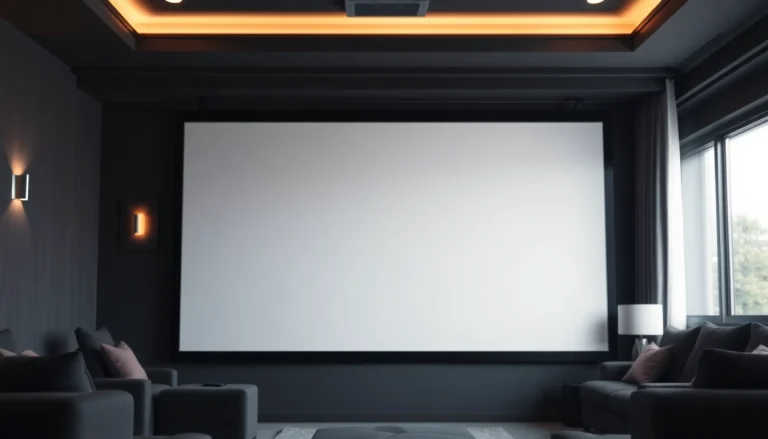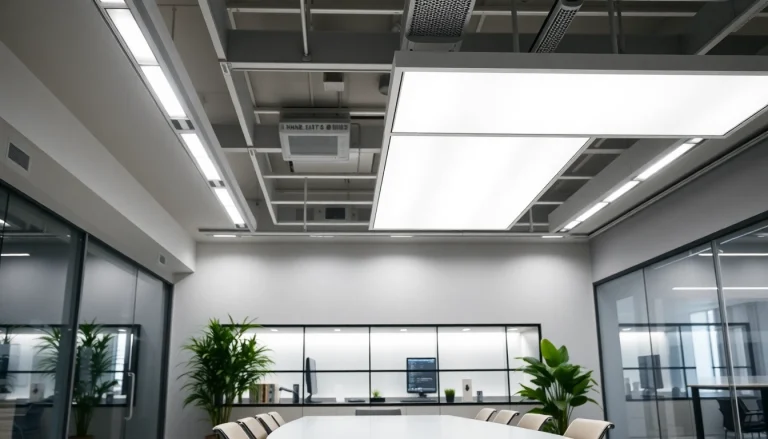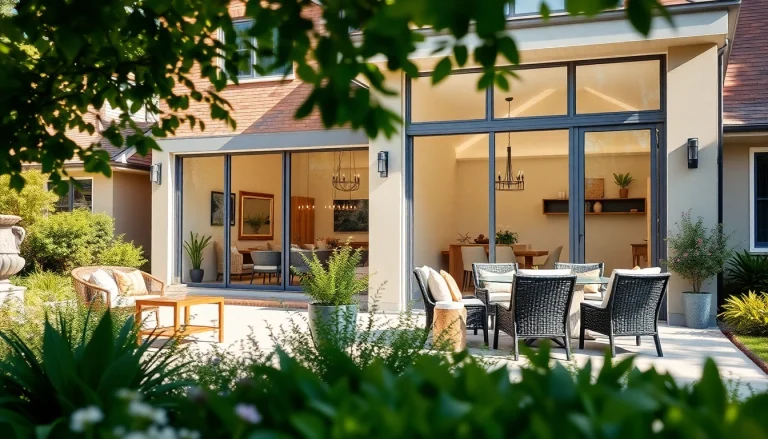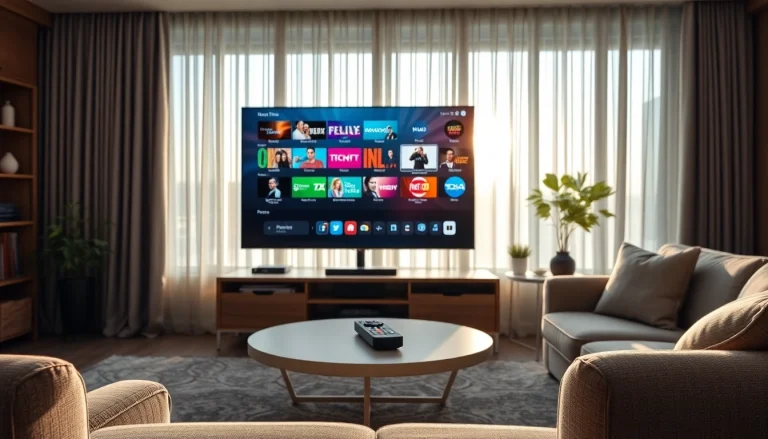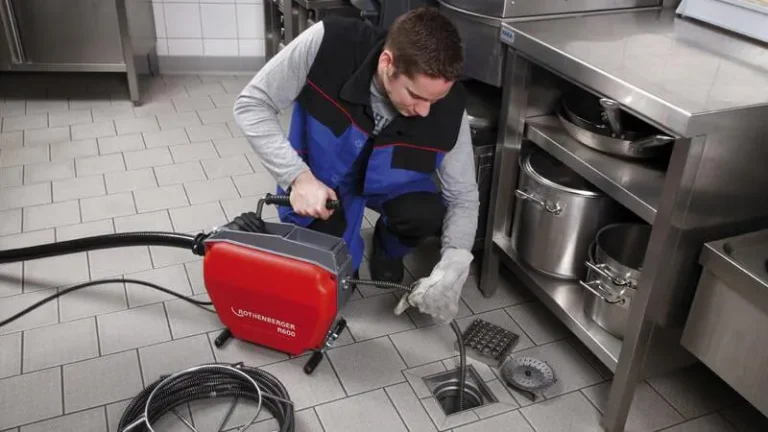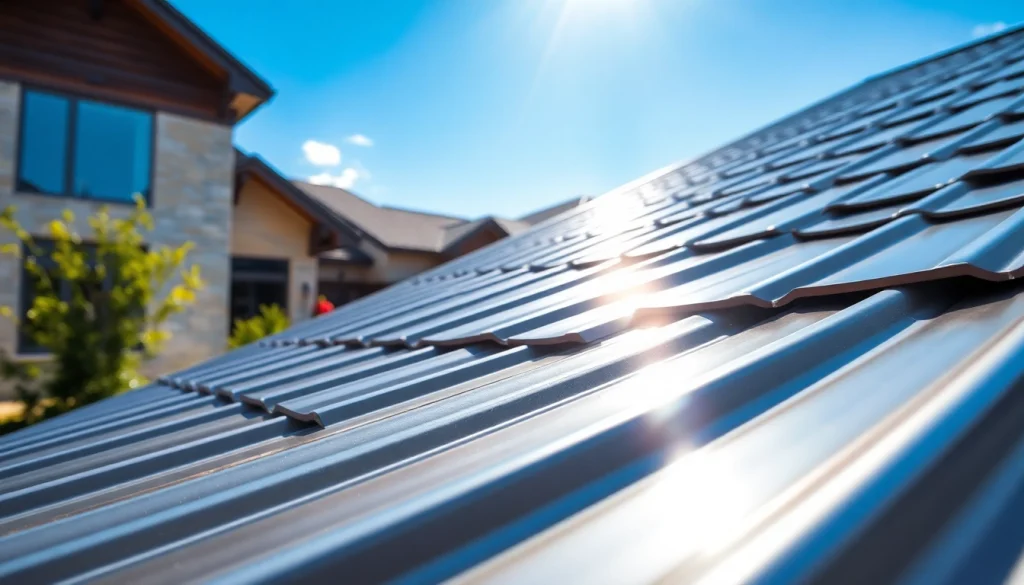
Understanding Residential Metal Roofing
What is Residential Metal Roofing?
Residential metal roofing refers to the use of metal materials—such as steel, aluminum, copper, or zinc—to cover residential buildings. This roofing option has gained significant popularity over the years due to its durability, efficiency, and aesthetic versatility. Unlike traditional roofing materials like asphalt shingles or clay tiles, metal roofs can offer decades of robust protection against the elements. They are available in various styles, colors, and finishes, making them suitable for all types of architectural designs.
Benefits of Choosing Metal Roofing for Homes
There are numerous benefits to opting for residential metal roofing, which include:
- Durability: Metal roofs are known for their longevity, often lasting 40 to 70 years with proper maintenance, significantly outpacing traditional roofing materials.
- Energy Efficiency: They reflect solar radiant heat, reducing cooling costs by 10-25%. This energy efficiency can lead to savings on utility bills.
- Low Maintenance: Metal roofs require less maintenance than asphalt roofs, which need to be replaced every 15-30 years.
- Fire Resistance: Metal roofing systems are non-combustible, providing better fire resistance than most traditional roofing materials.
- Sustainability: Many metal roofing systems are made from recycled materials and are recyclable at the end of their lifespan, making them an environmentally-friendly choice.
- Aesthetics: Available in various designs, colors, and finishes, metal roofing can enhance a home’s aesthetic appeal, increasing its market value.
Common Myths About Residential Metal Roofing
Despite its advantages, there are several misconceptions surrounding metal roofing that can deter homeowners from considering this option:
- Metal roofs are noisy: Many believe metal roofs are excessively noisy during rain or hailstorms. In reality, proper insulation and installation significantly reduce noise levels.
- Metal roofs attract lightning: The myth that metal roofs attract lightning is unfounded. Lightning is attracted to the tallest object, regardless of material.
- Only industrial buildings use metal roofing: With a growing number of residential applications, metal roofing is increasingly common in various home designs.
- Metal roofs are expensive: While the upfront cost may be higher, the long-term value—durability, energy efficiency, and low maintenance—often justifies the initial investment.
Types of Residential Metal Roofing Options
Different Materials Used in Metal Roofing
Various materials can be used for residential metal roofing, each offering unique characteristics:
- Steel: The most common metal roofing material is steel, often galvanized or galvalume-coated to resist rust. Galvanized steel is coated with zinc, while galvalume combines zinc and aluminum for better corrosion resistance.
- Aluminum: Lightweight and rust-resistant, aluminum is ideal for coastal regions where salt exposure can deteriorate other materials. It holds paint well and is often used in residential applications.
- Copper: Known for its beauty and longevity, copper is a premium material. It can last over 100 years and develops a unique patina over time, enhancing aesthetic appeal.
- Zinc: Like copper, zinc develops a protective patina, making it durable and corrosion-resistant. Its longevity and low maintenance make it another high-end option.
Comparing Styles: Panel vs. Shingle Metal Roofing
When selecting metal roofing, homeowners typically have two primary styles to choose from: panel and shingle.
- Panel Roofing: Metal panel roofing is available in large sheets, offering a sleek, modern look. It can be installed quickly and efficiently, making it a popular choice for contemporary homes. Panel roofing can also be classified into different profiles such as standing seam, screw-down, and ribbed panels.
- Shingle Roofing: Metal shingles mimic the appearance of traditional roofing materials such as asphalt or wood shingles while providing the advantages of metal. They come in various styles and colors, appealing to homeowners who prefer a classic look.
Curb Appeal: Aesthetic Choices for Residential Metal Roofing
The aesthetic options for metal roofing are vast, providing homeowners the flexibility to match their roofs with their home’s architecture.
Colors range from traditional shades to bold, vibrant hues, and finishes can include matte, glossy, or textured surfaces. Selecting the right color and style can significantly enhance a home’s curb appeal, which is crucial for resale value.
Cost Analysis and Budgeting for Metal Roofing
Typical Costs for Residential Metal Roofing Projects
The cost of installing a metal roof can vary based on several factors, including the type of metal, complexity of the installation, and geographical location. Typically, metal roofing costs range from $5 to $12 per square foot, depending on the material chosen. For a standard 2,000-square-foot home, homeowners can expect to pay between $10,000 and $30,000.
Financial Benefits Over Time: Energy Efficiency and Resale Value
Investing in residential metal roofing can yield financial benefits beyond the immediate costs. Reduced energy costs due to improved insulation and reflection of sunlight can lead to significant savings over the roof’s lifespan. Additionally, homes with metal roofs often see an increase in resale value, as these roofs appeal to prospective buyers for their longevity and sustainability.
Considerations for Budgeting Your Metal Roofing Change
When budgeting for metal roofing, it’s essential to consider the entire project scope:
- Material Costs: Choose materials that align with your budget while considering long-term value.
- Labor Costs: Hiring experienced professionals for installation can save costs on repairs and replacements down the line.
- Disposal Fees: Consider any costs associated with removing the old roofing materials.
- Long-Term Savings: Factor in potential savings on energy bills and property value increases.
Installation Process for Residential Metal Roofing
DIY vs. Professional Installation: What to Consider
Deciding between DIY installation and hiring a professional depends on several aspects such as skill level, time commitment, and safety considerations. While DIY can save money, inexperienced homeowners may encounter challenges that could lead to costly mistakes. Hiring professionals ensures adherence to local codes and optimal installation quality, which is crucial for durability and warranty purposes.
The Installation Timeline for Metal Roofing
The timeline for installing a metal roof can vary based on size and complexity. Generally, a complete installation can take from a few days to a week. Proper planning and preparation, including weather considerations and material availability, play a crucial role in the installation timeline.
Essential Tools and Materials for Installation
The installation of metal roofing requires specific tools and materials to ensure a successful project. Essential tools include:
- Metal shears and cutting tools
- Drills and fasteners
- Safety gear, including gloves and goggles
- Ladders or scaffolding for access
- Sealants and underlayment materials
Maintenance and Longevity of Residential Metal Roofing
Routine Maintenance Tips to Extend Roof Life
To maximize the lifespan of a metal roof, routine maintenance is crucial. Homeowners should conduct regular inspections for rust, loose screws, and damage. Cleaning debris regularly and checking for overhanging branches that may cause scratches can help maintain both aesthetic and functional integrity.
Environmental Impact and Sustainability of Metal Roofing
Metal roofing is one of the most environmentally friendly roofing options on the market. Many systems are made from recycled materials, and metal roofs are fully recyclable at the end of their lifespan. Additionally, their energy efficiency contributes to reducing the carbon footprint associated with heating and cooling homes.
Signs It’s Time for Repair or Replacement
While metal roofs are designed to last, signs may indicate it’s time for repair or replacement:
- Visible rust, corrosion, or discoloration
- Loose or missing panels
- Leaks or moisture damage inside the home
- Increased energy costs indicating insulation failure
Recognizing these signs can help homeowners take proactive measures to maintain roof integrity and prolong its life.
